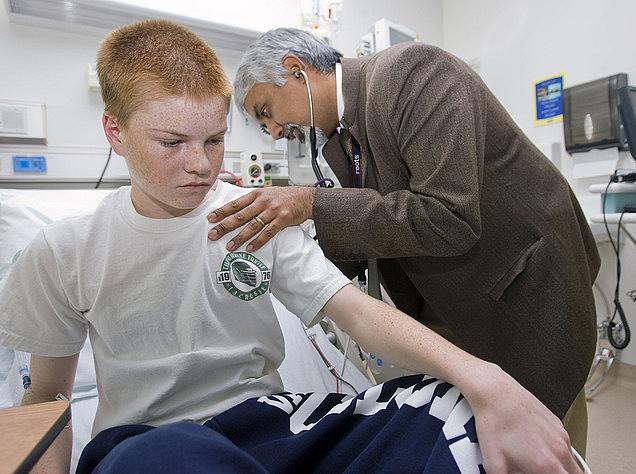Covering disparities: Rewarding, challenging

Writing about health disparities on the west side of Salt Lake City was probably one of the most difficult assignments I've had while covering health. The goal was to point out the disparities that exist in one of the healthiest states in the country.
My stories included:
* An overview that highlighted two neighborhoods in Salt Lake City that have the state's highest concentrations of poverty, low educational attainment and poor health. The aim was to explain how income and education affect health, as well as how environment plays a role. The communities I highlighted also had high concentrations of toxic industries.
* An installment about how these same neighborhoods have the highest rates of chlamydia - and how public officials provide the best sex education to prevent the spread of STDs not in public schools but in juvenile detention.
* An installment about neighborhoods with the highest rates of asthma hospitalizations and ER visits and how it is probably connected to freeway proximity and parental smoking.
The reaction was gratifying, as well as discouraging. After the first story ran, we received many compliments mainly from academics and public health officials. The director of the state health department told us he wants to start addressing health disparities in a more meaningful way based on the article. The data for the article was all available on the health department's web site, but we looked at in a more comprehensive way.
But we also received several complaints, all from residents of the neighborhoods that we highlighted. They felt picked on, and they said they didn't experience the poor health outcomes or behaviors found in the data so it must not be true.
Clearly, we didn't say that everyone in the neighborhood was suffering. However, we took their complaints to heart. While the story highlighted some actions taken by residents to improve their community's health, we barely brushed on solutions - and that was a mistake.
We had planned to come back around to solutions after exploring other problems like STDs, asthma, obesity, lead contamination. But we decided we will need to write a solutions story sooner rather than later. That story is now in the works.
And we ended up changing our asthma package to include more problem neighborhoods (and not just focus on those west side neighborhoods) and to include solutions related to asthma.
The topic of health disparities has proven to be fertile ground: We plan to continue our coverage.

